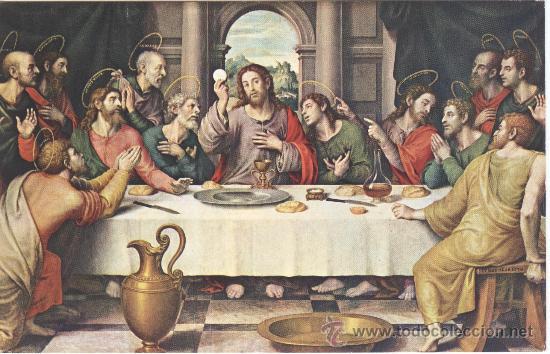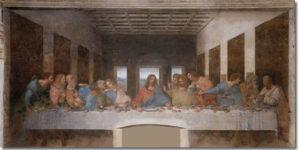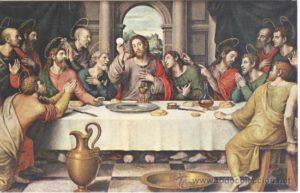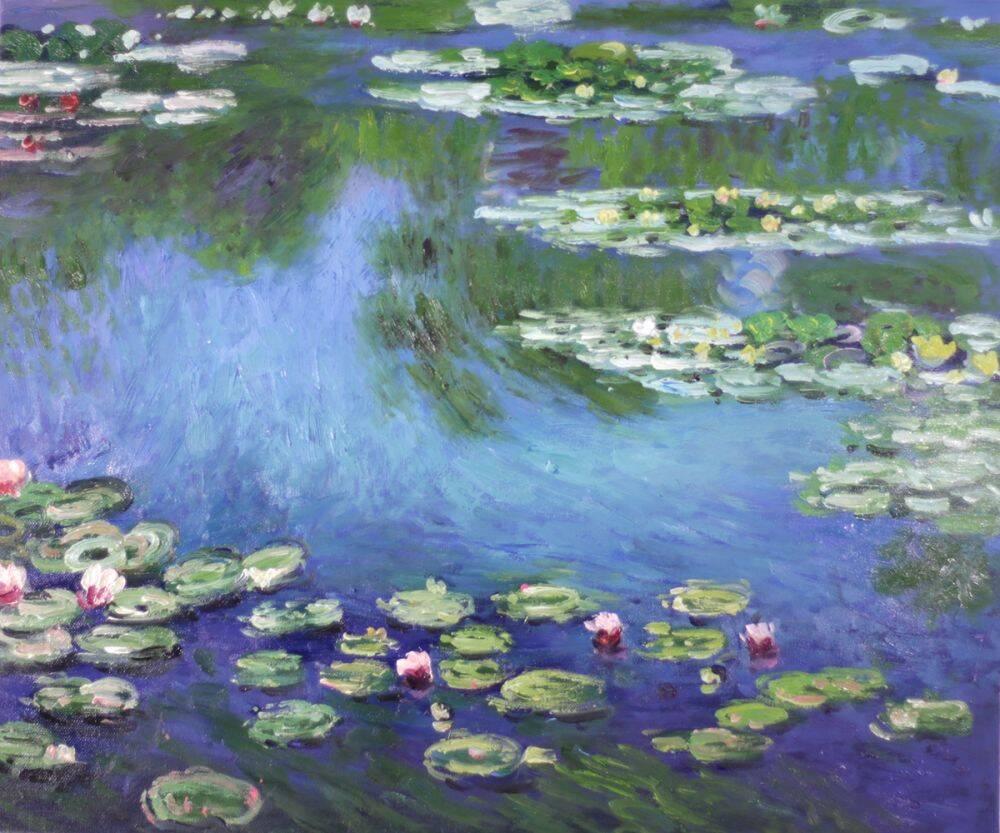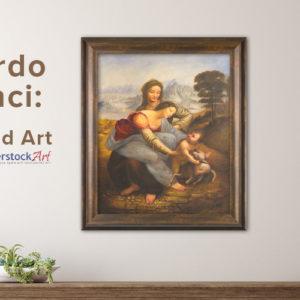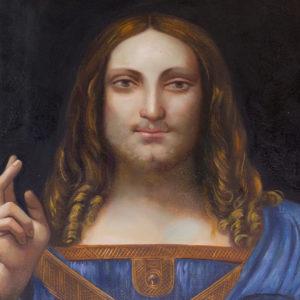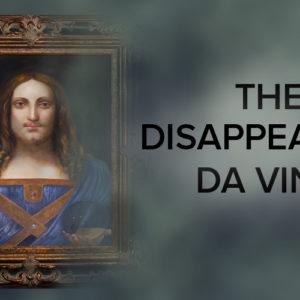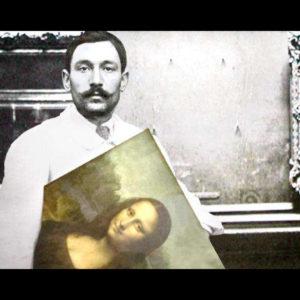Art
The Last Supper – Juanes Vs. Da Vinci
The Last Supper is a solemn memorial of the moment when Jesus prepared his disciples for his departure. The most known pieces include artists as Duccio (1308-11), Fra Angelico (1440-41), Andrea del Castagno (1447), Domenico Ghirlandaio (1480), Hans Holbein (1524/5), Il Tintoretto (1594), Valentin de Boulogne (1625/6) and Peter Paul Rubens (1632). Our favourite examples are the work of Leonardo da Vinci considered the first of High Renaissance art due to its high level of harmony; and the one of Vicente Juan Macip, the Spanish artist known as Juan de Juanes whose approach was also rare for his time.
Leonardo da Vinci took three years to complete ‘Il Cenacolo’, in 1498. Sixty-four years later, in 1562, Juan de Juanes makes his own impression of ‘La Ultima Cena’. Whilst one focuses in a dramatic depiction of Jesus’ announcement of his betrayal (Gospel of John); the other focuses the moment when Jesus distributed the bread and wine – his flesh and blood – as a way to be remembered after his condemnation (Matthew). Both are beautiful masterpieces that deserve a place in our minds and – why not – in our house.
“Truly, truly, I say to you, one of you will betray me”. Terribly shocking news to the closest followers of the Christ, depicted by Da Vinci with a lively interaction of love, fear, indignation and grief – yet, such with an impeccable harmony in its composition. This work is also the background for conspiracy theories, since Dan Brown in 2003 to the last theory by Slavisa Pesci in 2007, claiming that this piece contains other hidden images (such as a woman holding a child, which would add on to the ‘Where is John if John is Mary Magdalene’ discussion).
In his work Da Vinci used experimental pigments directly on the dry plaster wall (in opposition to frescos, where pigments are mixed with the wet plaster) and even before the work was finished the paint was already flaking from the wall. Over the years it was repaired and restored from crumbles and vandalism. Today, what we can see in the Dominican Convent of Santa Maria delle Grazie corresponds to 42.5% of surface that was actually painted by Leonardo.
Christ blessed the bread and said to the apostles “Take, eat; this is my body” and he blessed the wine and said “Drink from it all of you; for this is my blood of the covenant, which is poured out for the forgiveness of sins”. These words are the founding moment of the sacrament of the Eucharist and also the base for Juan de Juanes’ work. Although this scene appeared occasionally in the early medieval period, it was relatively rare in the high Middle Ages. And like Da Vinci, one of the major breakthroughs is also the fact that Judas is fully included in the group.
In opposition to the Da Vinci’s approach, where the disciples were portrayed reactive and in shock, Juanes illustrates them mostly radiating adoration and bliss, as the Holy Communion rite is perceived as having a divine presence (consubstantiation). This piece can be seen on Museo Del Prado, in Madrid, or you can choose to get a 100% hand painted oil replica of either painters, with a museum-quality frame of your choice at overstockArt.com.
